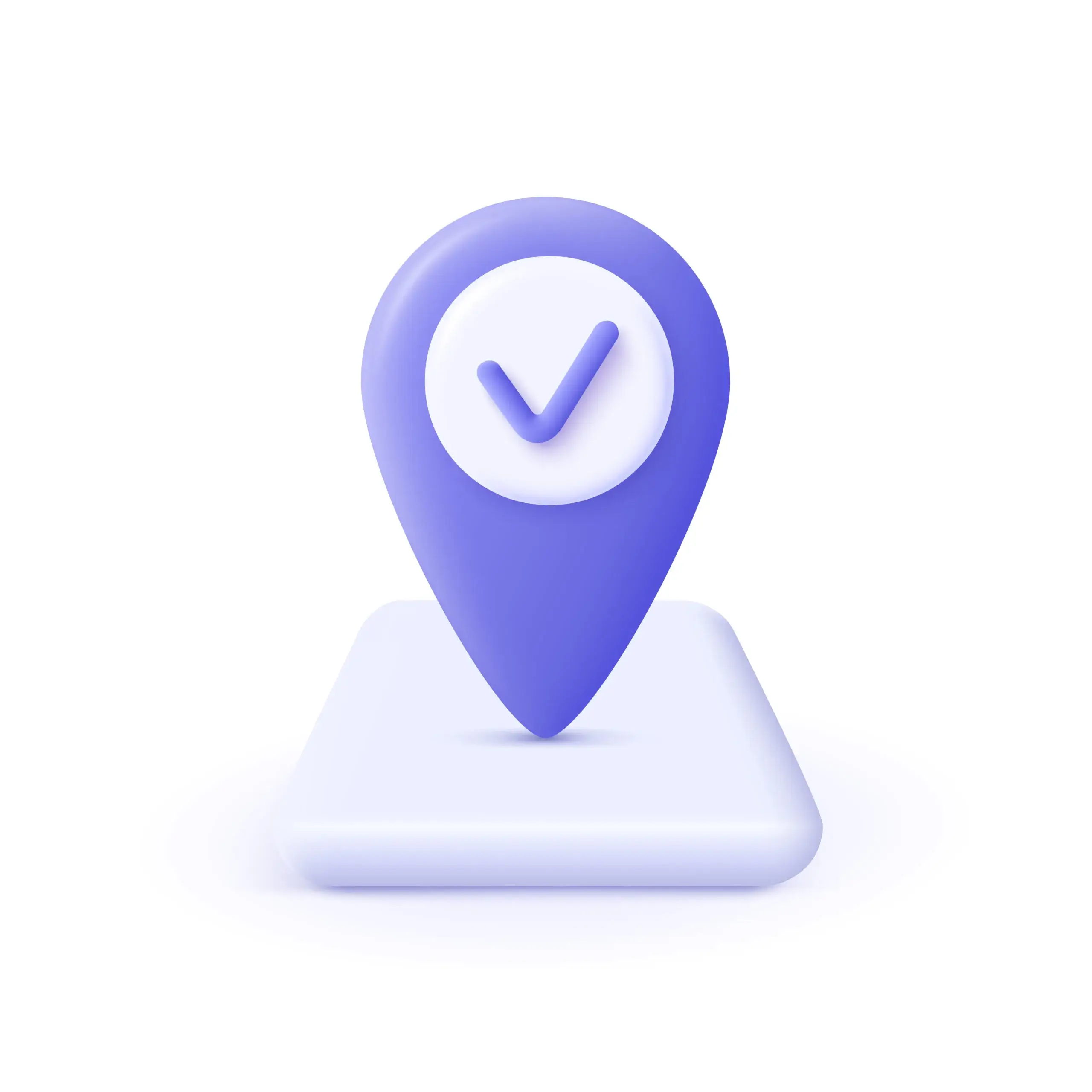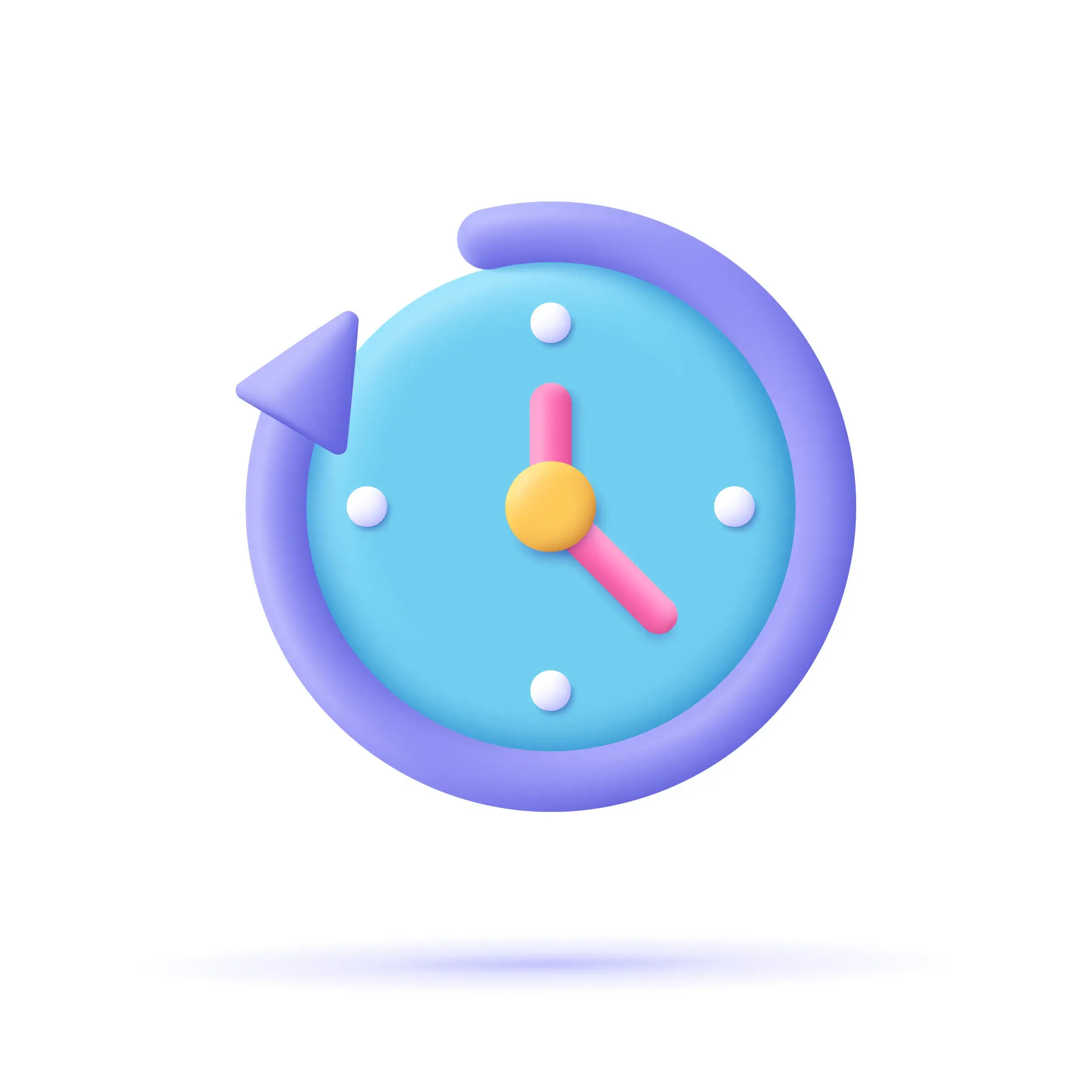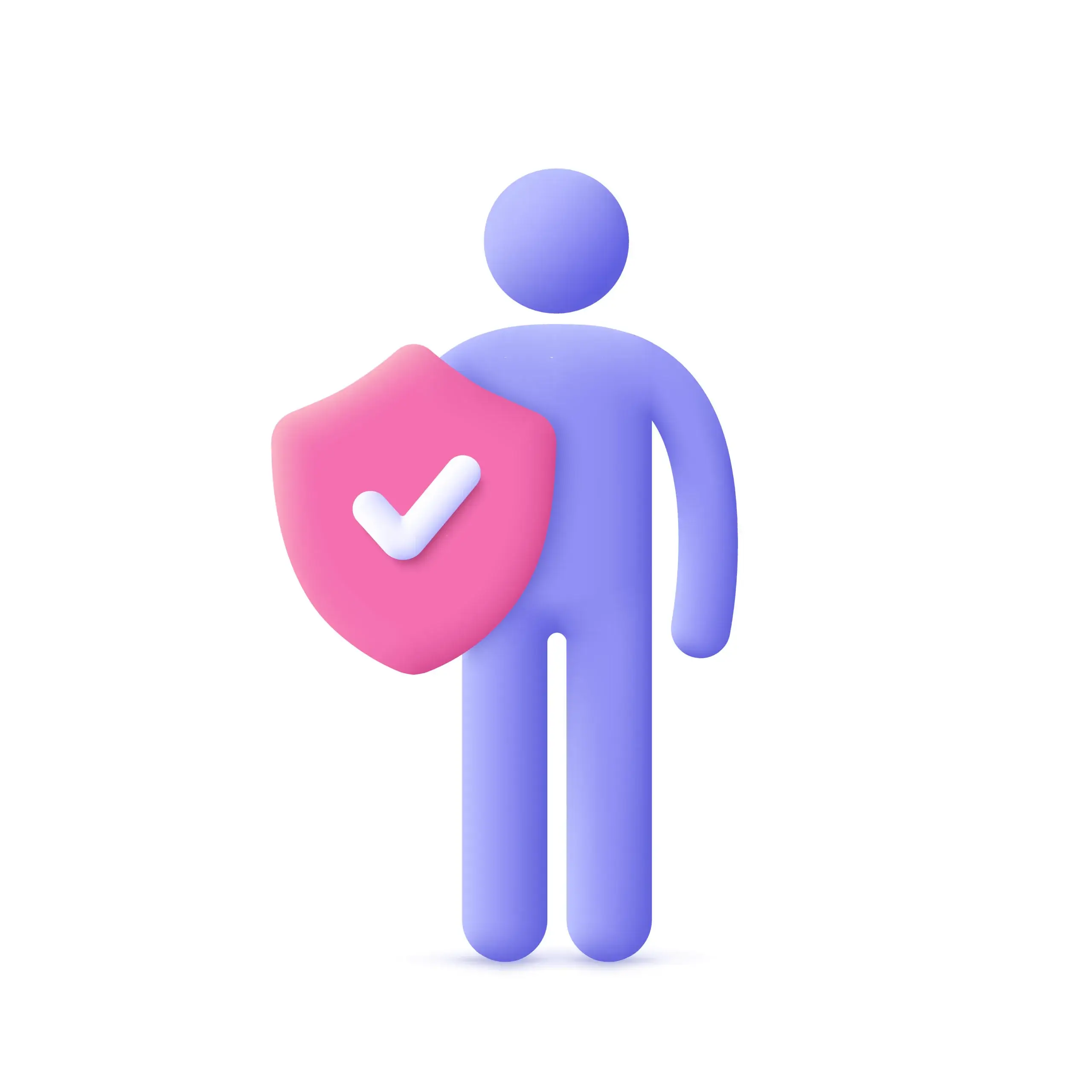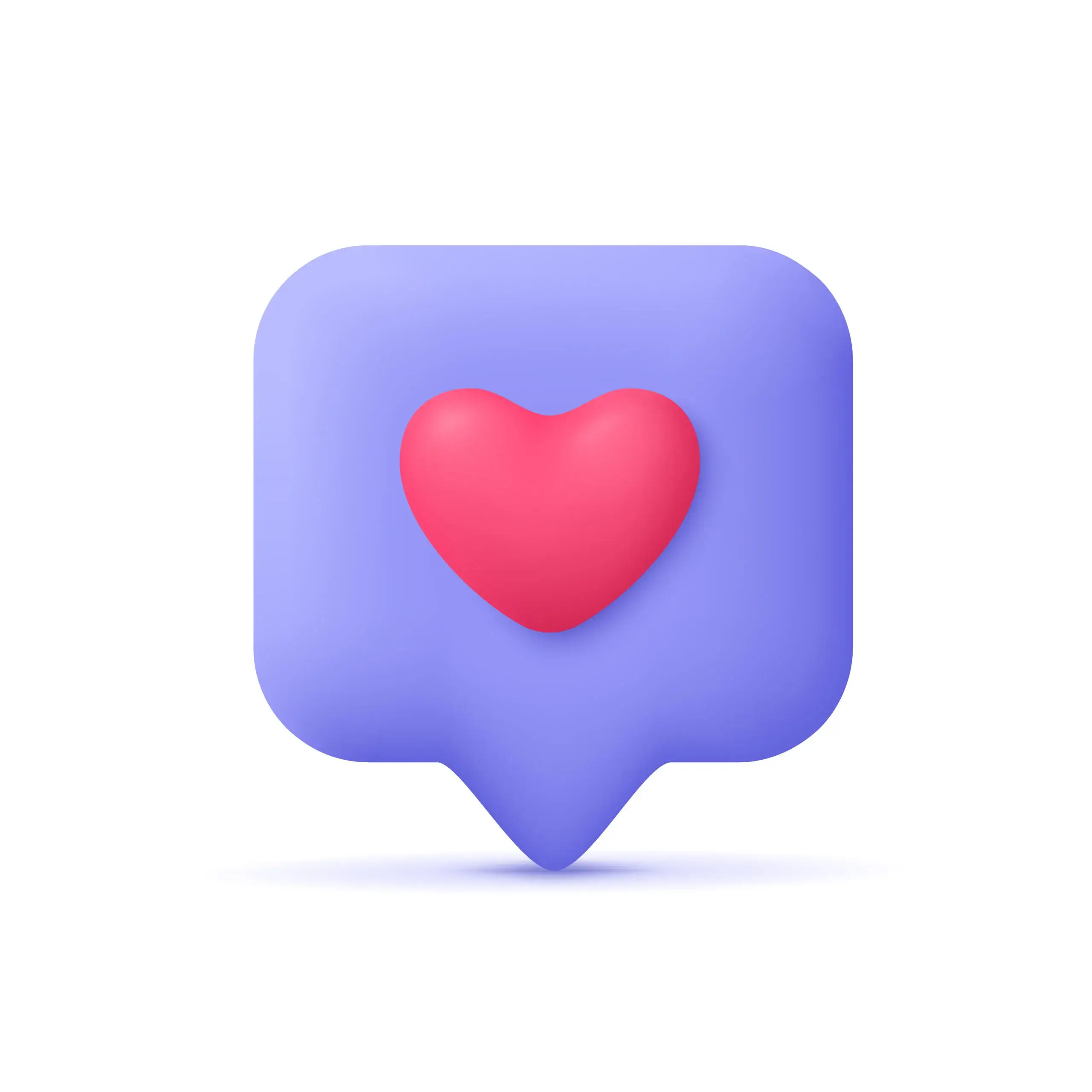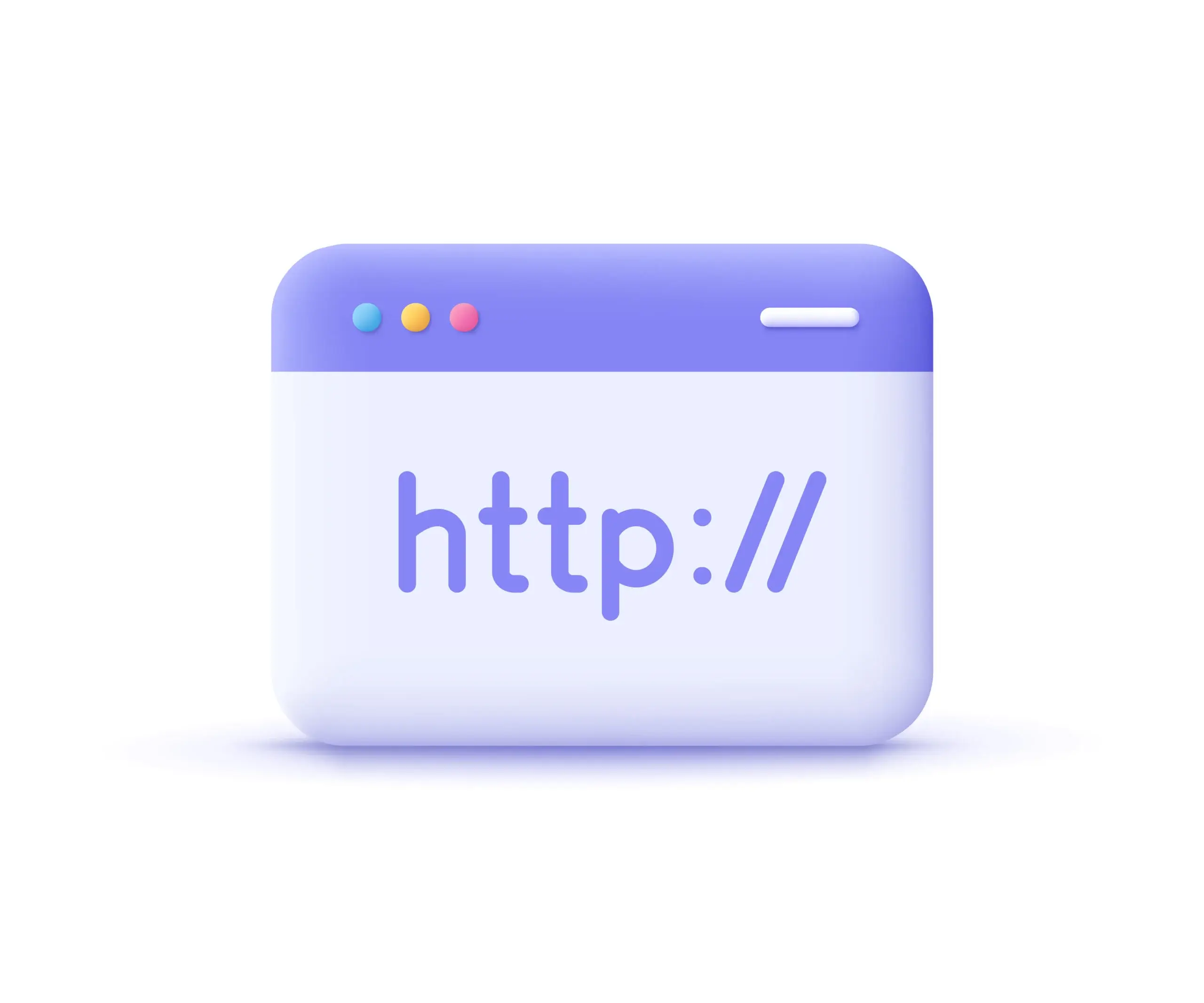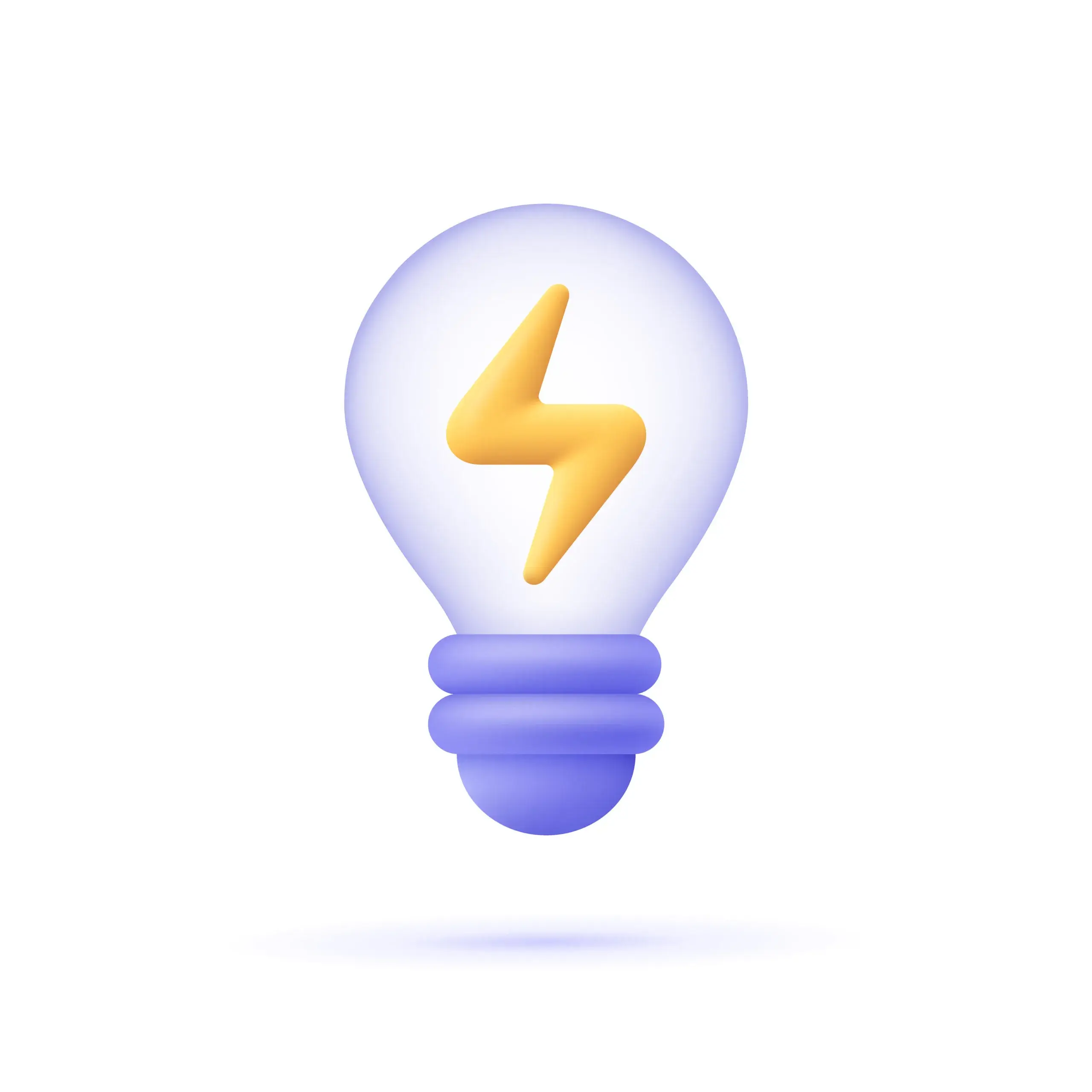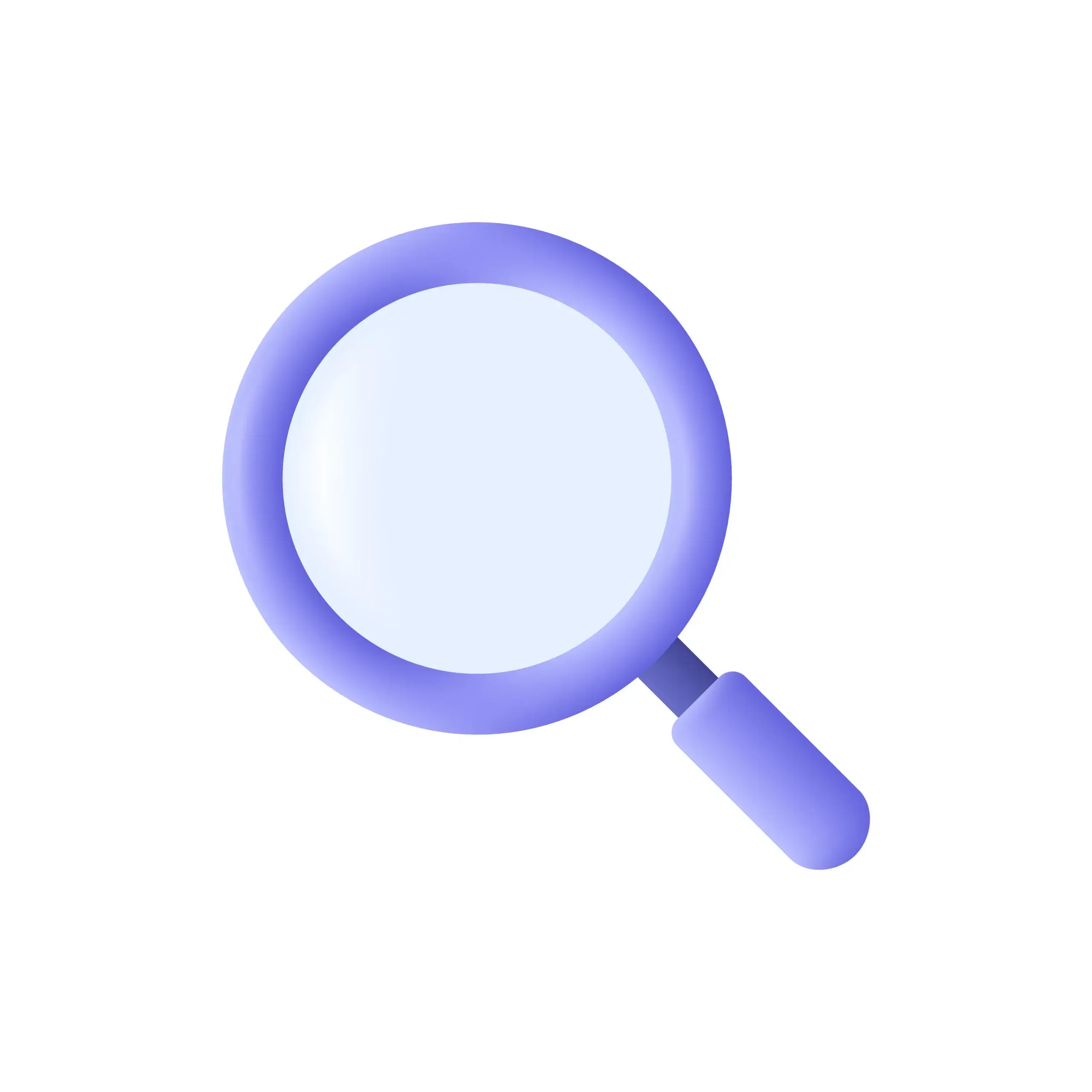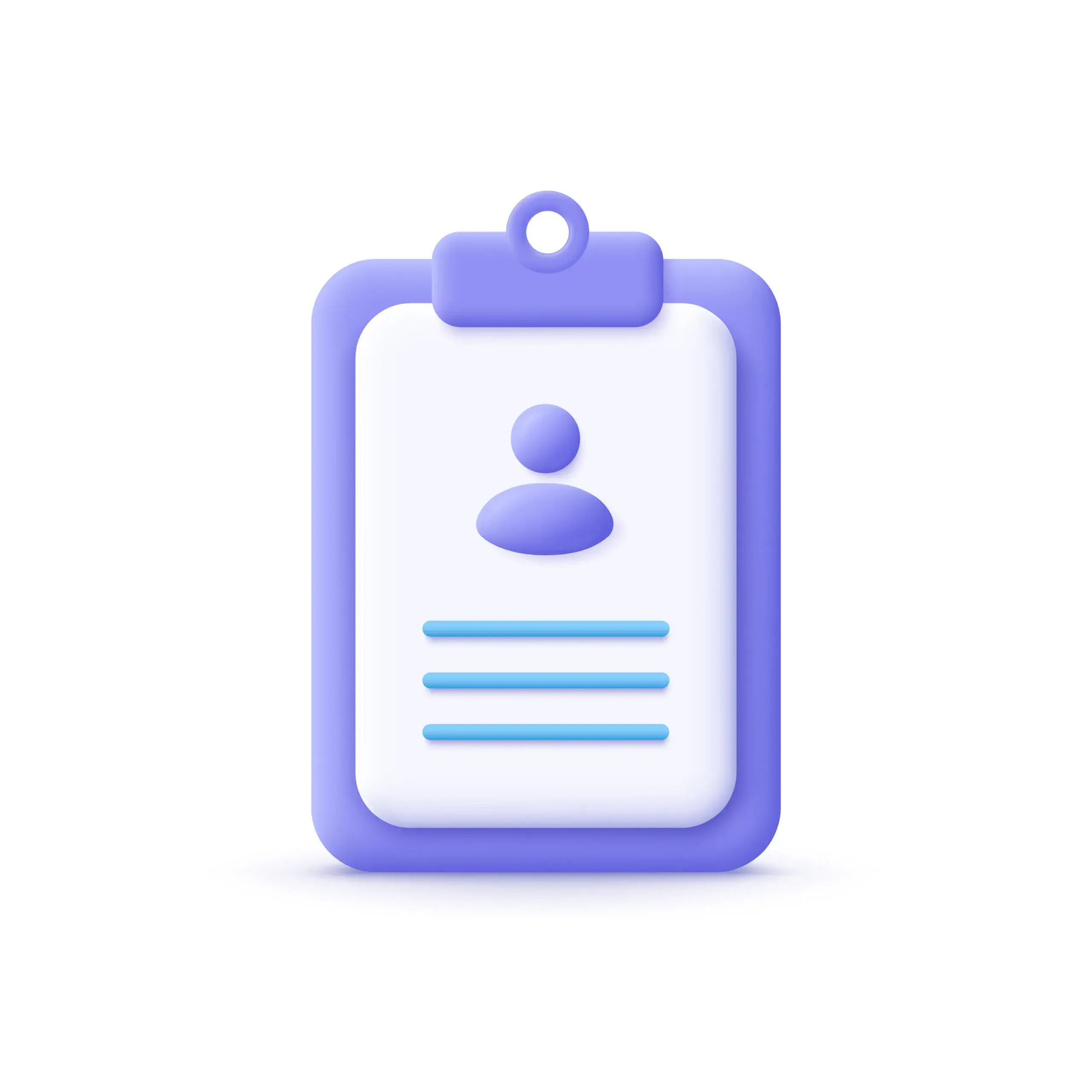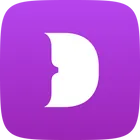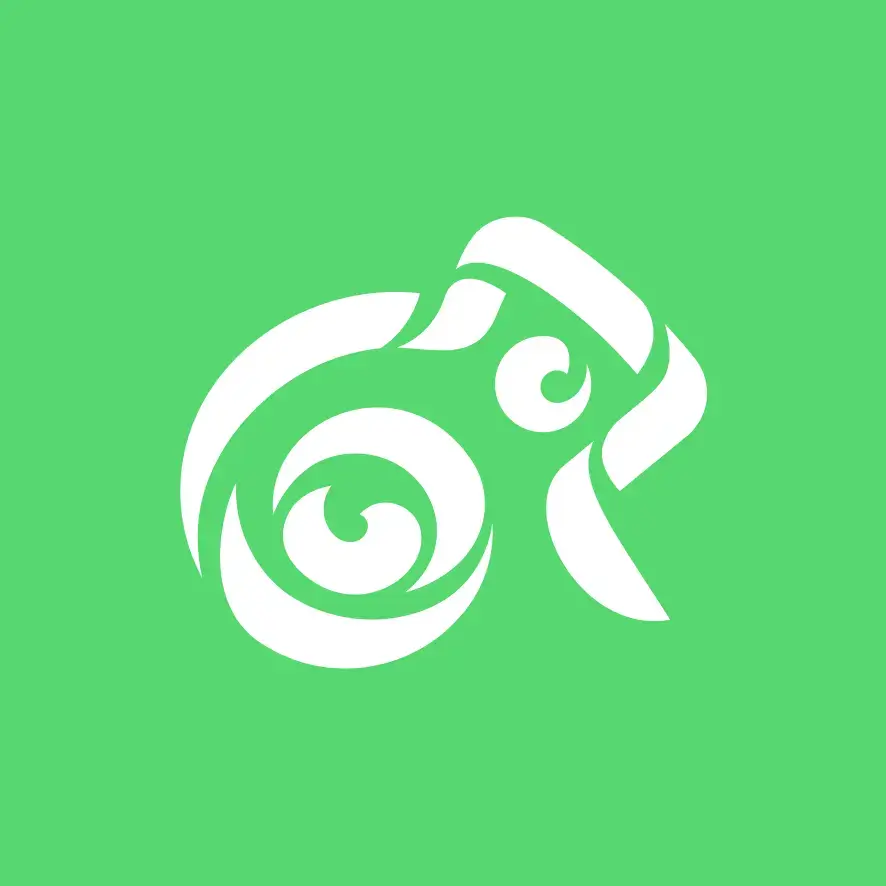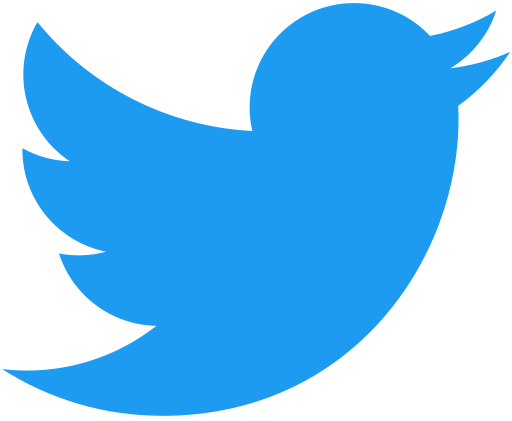→ Are you curious about the differences between screen scraping & web scraping ?? For those new to this technology – it can be confusing trying to understand which one is best for your organization…
→ In this article, we’ll explore what screen scraping & web scraping are, how they differ from each other – and how both technologies can benefit businesses in different ways !
Have you ever wondered how companies collect data from websites ??
⇒ The answer is simple: through a process called “scraping.” Scraping is the automatic extraction of information from online sources by using specialized software programs known as robots or spiders. But not all types of scrapers are created equal – there are two main categories – screen scraping and web scraping – that have distinct advantages & disadvantages depending on the specific tasks at hand.
-So if you’re looking to leverage these powerful tools for your business needs, understanding their fundamental differences will help you make an informed decision. We’ll show you why choosing the right scraper matters, so read on to learn more about screen scraping vs. web scraping !!
*Discover our:

Definition Of Scraping
→ Scraping is the process of extracting data from a web page !
-It involves using computer code to replicate the behavior of a human user, such as browsing and searching through websites or downloading information from them. There are two main types of scraping – screen scraping and web scraping.
-Screen scraping refers to harvesting content from the visual part of a website, which includes images and text displayed on the screen when it’s visited by a user.
-This type of scraping does not involve analyzing HTML code behind the scenes – instead – it relies solely on what can be seen in the browser window !
-Screen scrapers will usually take screenshots or capture text with optical character recognition (OCR) techniques to extract relevant information from a webpage !!
-Web scraping focuses more on extracting specific data elements from the HTML markup language that drives most websites today….
-The goal is to isolate particular pieces of information contained within online documents—such as prices – dates – product descriptions – and contact details—and then export them into another document for further analysis or use. Web spiders typically have access to all parts of an internet page’s source code – so they’re able to scrape this hidden content too, rather than just viewing what users see visually when visiting the site…
Types Of Scraping
→ Having discussed the definition of scraping – it is important to note that there are two distinct types: screen scraping & web scraping.
→ Screen scraping involves extracting data from a specific application’s user interface. This type of scrape works best when attempting to aggregate data stored in legacy systems or databases whose format cannot be easily updated.
→ Web scraping – on the other hand – focuses on collecting information from websites by using automated bots or scripts. It typically requires more sophisticated coding skills than those needed for screen scraping and can involve accessing dynamic content generated through JavaScript or AJAX-driven pages.
→ When deciding which type of scrape will work best for your project needs, consider factors like ease of implementation, cost-effectiveness – scalability – and availability of support tools such as APIs (application programming interfaces)…
→ Additionally, you should assess whether your task requires structured data – obtained via screen scraping – or unstructured data – found with web scraping techniques. Lastly, review any legal considerations before beginning a new scrape; some sites may have restrictions placed upon them regarding harvesting their contents !
Technology Involved In Screen & Web Scraping
*Screen scraping & web scraping are two distinct technologies used to gather data from websites.
=> Screen scraping involves using a computer program to extract text, images, or other details from the display of an application that is not designed for machine access. Web scraping uses automated software programs called bots or spiders to simulate human processes & collect information from multiple sites at once.
=> The technology involved in screen scraping typically utilizes optical character recognition (OCR) methods, which allow it to interpret text on the page without needing access to the underlying code.
=> This makes it useful for extracting data from legacy systems where direct API integration may be difficult. On the other hand – web scraping requires more sophisticated techniques than OCR because it must be able to parse HTML and CSS code to accurately capture relevant content from different pages across the internet…
=>Both types of technologies can be beneficial when used correctly as they provide efficient ways of gathering large amounts of data quickly and easily !!
=> However, there are legal considerations that should also be taken into account before implementing either of these solutions. Scraping protected content could result in violations of copyright laws so it’s important to ensure that any scraped material is obtained legally and ethically. With this in mind – both screen scraping and web scraping have their place in modern development projects when employed responsibly within applicable laws and regulations.
Benefits Of Screen & Web Scraping
Screen & web scraping both offer significant benefits to businesses that use them !
-These two technologies provide organizations with a cost-effective way to gather data from multiple sources – making it easier for organizations to analyze trends & make decisions based on the most up-to-date information available…
-The primary benefit of screen scraping is its ability to quickly extract text from HTML documents or other binary files, such as images or PDFs…
-This allows companies to quickly consolidate large amounts of disparate data into one centralized location for further analysis.
-Web scraping offers similar benefits but takes these capabilities even further by allowing users to scrape entire websites – not just individual pages.
-This provides businesses with an easy way to monitor their competitor’s activities in real-time and gain insights into customer behavior across different platforms.
-In addition, both screen & web scraping can be automated so they can run continuously without any manual intervention. Automating data collection also helps reduce costs associated with manually gathering data from various sources, as well as ensuring consistent accuracy throughout the process.
-With automation, businesses can take advantage of new opportunities faster than ever before while reducing the amount of time spent gathering & manipulating data.
Challenges For Each Type Of Scraping
-Screen scraping & web scraping are often used interchangeably, but they have distinct differences. Screen scraping refers to the process of extracting data from a user interface such as an application’s graphical user interface (GUI) !
-Web scraping involves extracting information from websites or other sources available on the World Wide Web. Both processes can be challenging in their way.
-One challenge associated with screen scraping is that it requires manual effort for each task, making it time-consuming and more difficult to scale up operations. Additionally, the structure of applications may change over time, requiring users to modify their scripts regularly when new versions come out…
-It also has difficulty dealing with complex forms that require authentication before data extraction can occur.
-Web scraping faces different challenges since websites are constantly changing due to modifications made by developers or content editors which could cause existing scrapers to break down if they’re not updated frequently enough.
-Furthermore, some sites employ anti-scraping measures like CAPTCHA tests and IP blocking which makes collecting information even harder. Despite these hurdles – web scraping remains one of the most reliable methods for gathering large amounts of data quickly and accurately compared to manually gathering this information through traditional means.
-Both types of scrapings present unique obstacles that must be addressed to successfully extract desired data without running into any roadblocks along the way. While there is no single “right” solution for either type of scraping – careful planning and execution can help ensure successful results in both cases.
Use Cases For Both Types Of Scraping
Despite the differences between screen scraping & web scraping, there are many uses for both.
=> For example – a business might use either type of scraping to quickly & easily gather data from competitor websites to compare prices or features.
=> Additionally – businesses such as travel companies may utilize either type of scraper to compile hotel & flight information from multiple sources across the internet !!
=> Screen scrapers can also be used by individuals who want to access information that would otherwise take a long time to manually find. By using a tool like this – they can save valuable time while still obtaining accurate results. On the other hand – web scrapers are particularly useful when it comes to collecting large amounts of data at once – such as gathering contact information from various online directories – which can then be used for marketing purposes.
In summary, whether you’re looking for specific pieces of information or need an entire database compiled quickly and accurately, either type of scraping is capable of providing the necessary results. With the right strategy in place, both types offer invaluable benefits depending on your particular requirements.
Conclusion
⇒ In conclusion, scraping is a powerful technology that can be used to extract data from websites. Screen & web scraping are two distinct forms of scraping, each with its benefits and challenges.
When deciding which type of scraping to use, it’s important to consider the use case at hand and determine which one will offer the most benefit.
For example, screen scraping may be better suited for simple tasks such as extracting text or images while web scraping offers more flexibility when dealing with complex sites or structures. Ultimately, both types of scraping have tremendous potential and can provide valuable insights into various online sources…
*Please make sure to read our articles that may be of interest to you!*
–https://proxyempire.io/unblocker-proxy-residential-proxy-solutions/
–https://proxyempire.io/best-premium-proxies/
–https://proxyempire.io/residential-proxies-eventbrite/
–https://proxyempire.io/best-european-proxies/
–https://proxyempire.io/rotating-proxy-service/
–https://proxyempire.io/craigslist-proxies/
Visit our blog now !! (https://proxyempire.io/blog/)!!




